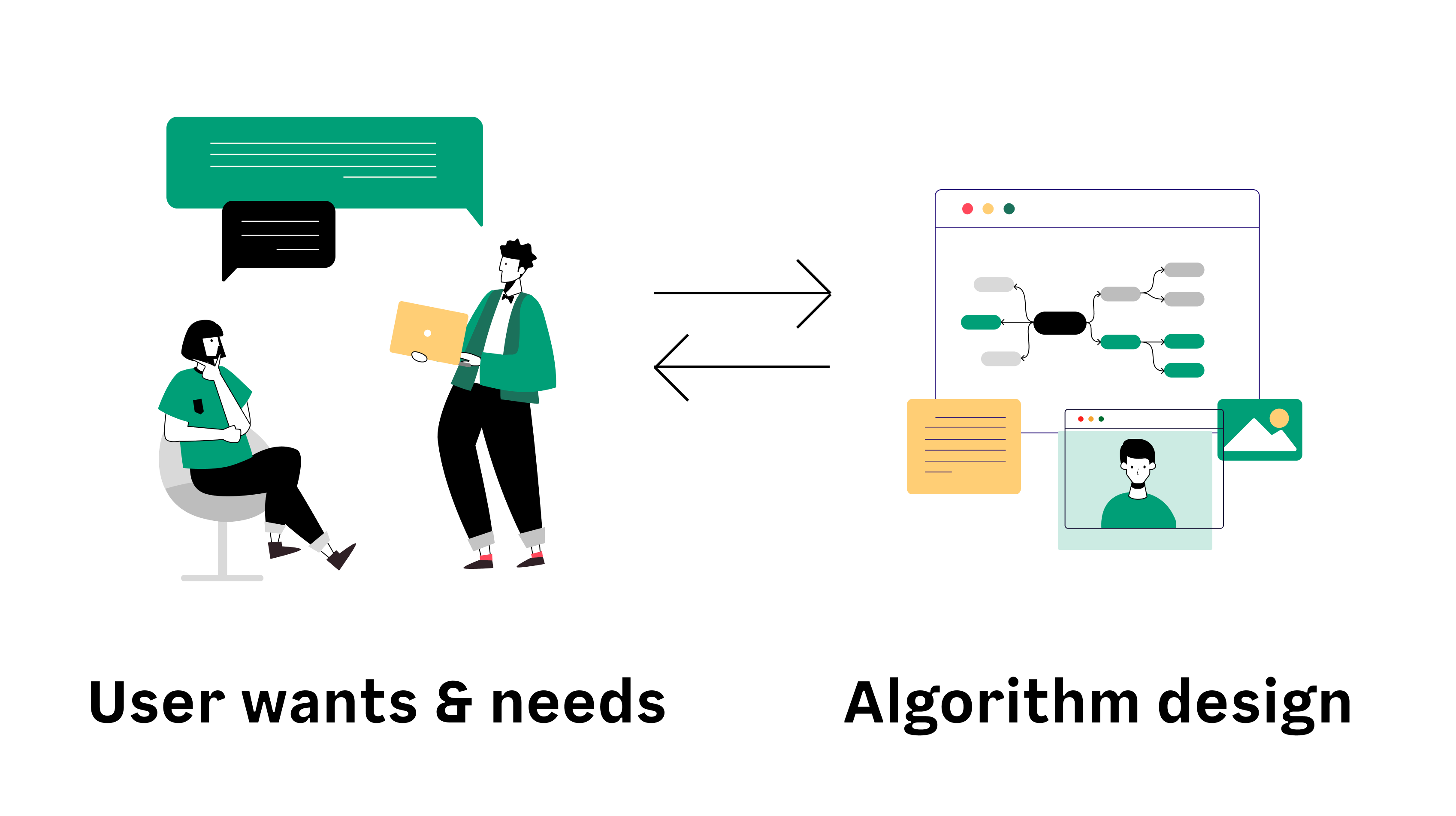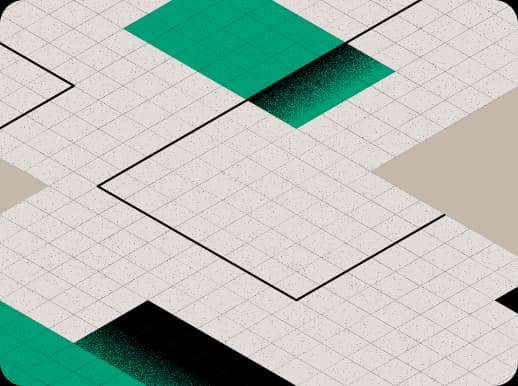Experiences of Data-driven Design from Futurice Exponential
To stay innovative and at the top of the game, it's vital for companies to experiment and evolve. That is why we created Exponential, a program to drive Futurice to become more data-driven. The Exponential Program has solved Futurice's and clients' disconnections of knowledge and the flow of work with data & AI.
One of the recent experiments is called Futucortex, a search engine for tapping into collective organizational knowledge. It enhances work efficiency by improving access to knowledge, finding previous work, and connecting with the right persons within an organization. Now, our Data Scientist Niklas Nevalainen and Lead Designer Numan Shakil, who worked together in designing the solution, share their experiences.
“Everything starts with defining a concrete problem that needs to be solved. Otherwise, it’s impossible for the data scientists and designers to concentrate on resolving the pain points of the end-users, be it improving the user experience by easing user’s cognitive load, or designing meaningful interactions. Ideally, different competencies should be involved from the early stages of the project. For instance, problem definition and involvement should continue throughout the whole product cycle”, Numan says.
“This is my first time working very closely with a designer”, Niklas continues. “It took time for us to understand each other’s roles as a data scientist and designer, and why both are equally important in reaching the goal: customer and user expectations are met with design thinking, and development stems from data competence. We were always sharing ideas within the team and people were so eager to listen and develop them together. It’s been fun. Sometimes I just couldn’t wait to get to experiment a new concept or share a new idea with the team. There were things that I thought to be trivial, simple or small, but as Numan started working on them, I was impressed.”
Data & design: a combination for innovation
Data helps shape the design of a product. Similarly, design helps make the data more understandable and digestible for the end users, which automatically increases product's value. "For a designer, data provides another layer of information to draw from. It allows you to provide more explainability, relevance, and context to the users, which helps improve the overall product experience. The way a data scientist sees and approaches data in comparison to my role as a designer is quite unique. Assimilating how Niklas was making decisions during his work and how those decisions would condition my work as a designer has been quite valuable", mentions Numan.
Niklas & Numan agree on the importance of a common language, because success depends on good communication in agile projects. All the team members should work together, just like a rowing team going towards a common goal, with everyone providing their input. Most importantly, a curious mindset and culture of openness enable our data scientists and designers to think from another perspective and challenge each other. In an environment such as Exponential, these things come naturally as part of the experimentation. Because there are no predefined processes on how the designers and data scientists work together, we came up with one.
If it can add value, it’s worth solving

The core part of the Futucortex concepting was aligning the user’s wishes and needs with the correct algorithm. To improve the relevance of search results, our team closely collaborated and studied the past user-generated search queries, which helped identify the two major search approaches:
- As a user, I know what I want to find.
- As a user, I am just exploring.
We established the vital categories that included names, dates, sites, client names, content types, formats, industries, competencies, and keywords based on examples of the search queries and the two leading search approaches. As we identified the initial key categories, the algorithm started to shape up in a manner that could work for the both search approaches we had identified. We've also prepared visuals to show how these algorithms were done together.


Similarly, the collaboration between data and design also added value to the tangible parts of the Futucortex experience. We learned that often the file names alone do not provide enough context for the users. To improve this, we’ve used machine learning to extract metadata such as info tags, dates, and key persons from multiple data sources, including Google Drive, Power (Futurice’s own ERP), Planmill, Slack, and calendar meetings, to name a few. Machine learning was also used to auto-generate a summary for the documents and create a ranking logic to show the most relevant keywords. Metadata provided the users with necessary context to judge the relevance of the results for their specific needs.

Within this project, the design and data science collaboration started to interweave early on. Therefore, we were able to draw from the both domains, and embody knowledge about the users and the use cases into the product through its project lifecycle. “When you are working in such an environment, you are learning something new each day. The learning that comes from exposing yourself to such varied ways of working, experimenting and innovating”, Numan adds.
Combining data and designs makes the operations, solutions, services, and products better for the customers, employees, and the business. It helps to create connected companies where data is turned into a modern form of storytelling and real-time information flow that solves problems and helps to understand and predict behavioral patterns. The future is built where leadership, R&D, HR, sales and marketing, production, IT and design are a one connected entity. Is your turn next?
In our next blog post, you’ll discover how combining data and design helped co-create and further develop Ohjus, a situational awareness system of the Finnish railroad company, VR.
Previously on the topic: Future is where Design Meets Data
 Niklas NevalainenData Scientist
Niklas NevalainenData Scientist Numan ShakilLead Designer
Numan ShakilLead Designer


